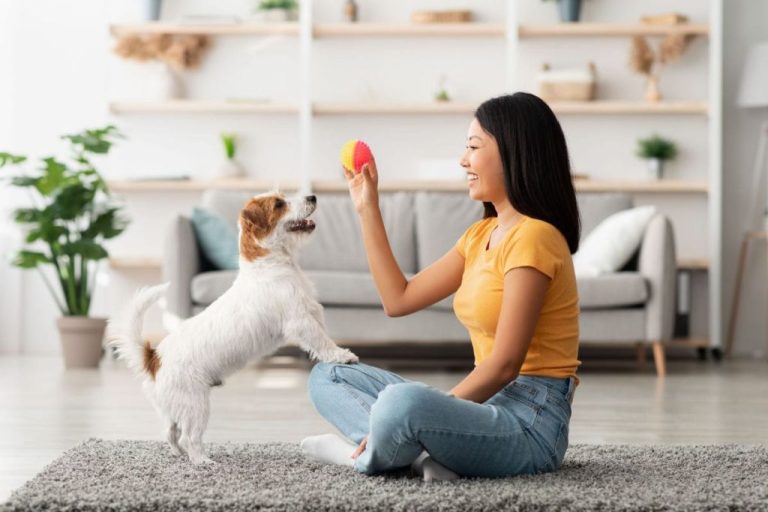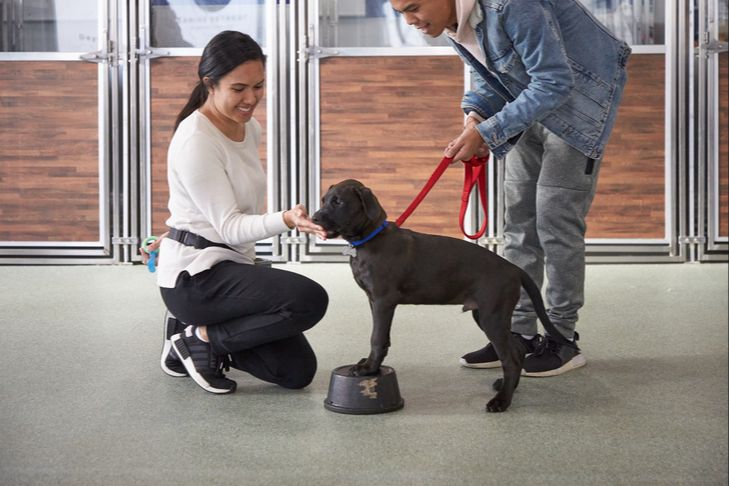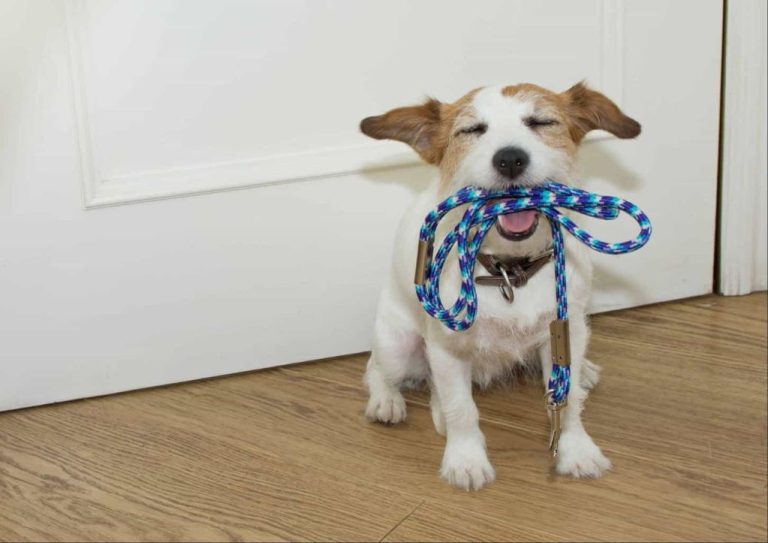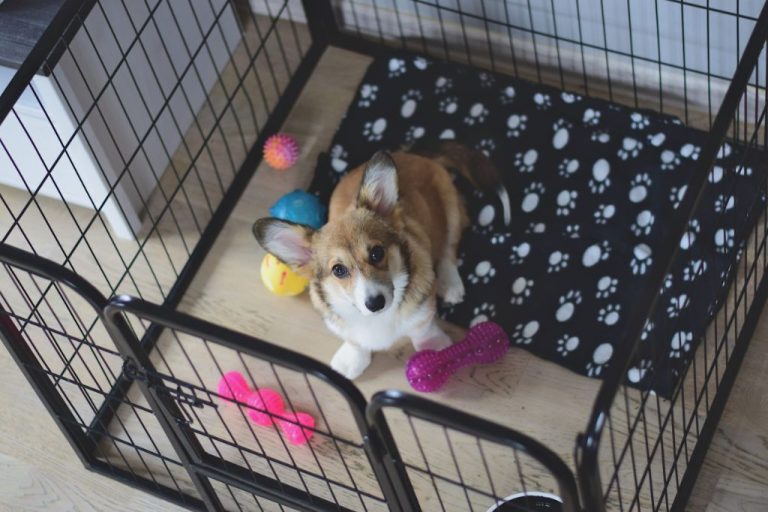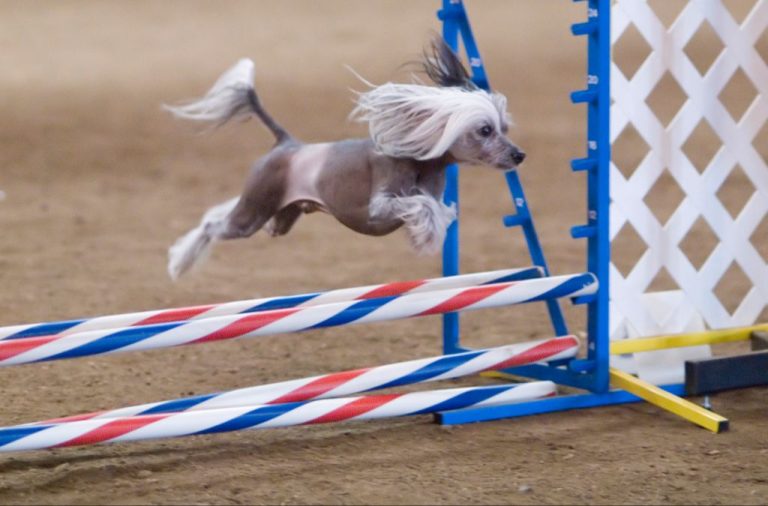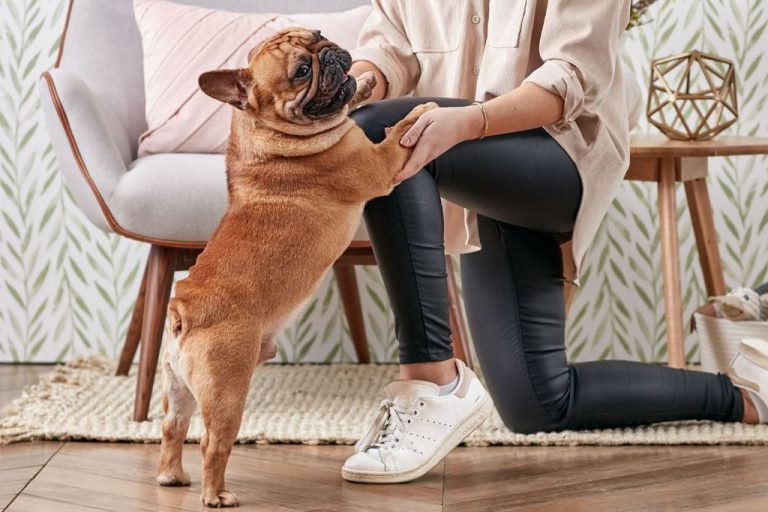Targeting Specific Behavior: Custom Training Plans For Your Dog
Properly training dogs provides numerous benefits for both the dog and owner. According to a survey by the American Pet Product Association, only 4% of dogs receive formal training, yet studies show trained dogs have better behavior, socialization, and obedience (Why You Should Train Your Dog: Ask a Trainer). Furthermore, training strengthens the bond between dog and owner, provides mental stimulation, and allows the dog to live comfortably in human society. With customized training focused on the unique needs of an individual dog, owners can help their pets thrive while creating an enjoyable, lifelong companionship.
Assess Your Dog’s Needs
The first step in creating a custom training plan for your dog is evaluating their unique needs and temperament. Considering factors like age, breed tendencies, and any problem behaviors will help inform what goals to set and techniques to use.
When assessing a prospective training dog, it’s important to evaluate their temperament and whether they have the appropriate traits for the planned activities. This involves testing reactions to various stimuli to gauge trainability, confidence, reactivity, and more (Source). Pay attention to how your dog responds to new people, environments, sounds, and handling to get a sense of any potential limitations or challenges.
The age of your dog also impacts their ability to learn and retain information. Puppies younger than 16 weeks may have shorter attention spans but can start building good habits early. Adult dogs are ideal candidates for more intensive training programs. Seniors may need adjustments for physical limitations but can still learn new tricks. Breed tendencies can provide insight into temperament as well.
It’s also important to identify any current problem behaviors or bad habits you want to target with training. For example, behaviors like barking, jumping, or pulling on leash. Observe what triggers the behavior, when and where it happens, and what purpose it serves your dog (Source). This functional assessment will direct your training plan.
Set SMART Goals
Setting clear, achievable goals is crucial when creating a custom training plan for your dog. SMART is an acronym that can help you define effective goals that will keep your plan on track. SMART stands for Specific, Measurable, Attainable, Relevant, and Time-bound.
Specific goals clearly identify the desired behavior or milestone. For example, “Train my dog to sit and stay when I stop during a walk” is a more specific goal than just “leash train my dog.” Being specific helps you and your dog understand the exact skill you’re targeting.
Measurable goals allow you to quantify your progress. Instead of a general goal like “improve my dog’s recall,” make it measurable: “Train my dog to come when called from 20 feet away, off-leash, 3 times in a row.”
Attainable goals are within your dog’s current capabilities. Setting unrealistic expectations can lead to frustration for both you and your dog. Build up to advanced skills through a progression of attainable stepping stones.
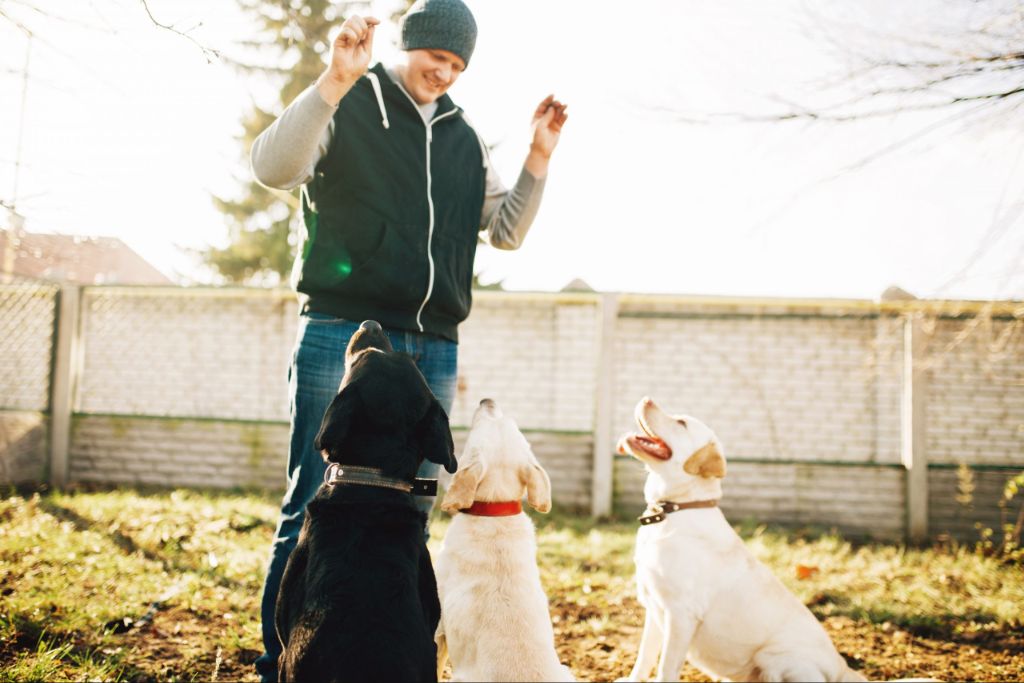
Relevant goals align with your reasons for training your dog. If your main motivation is curbing excess barking, focus on that rather than teaching cute tricks.
Time-bound goals include target dates to create a sense of urgency and prompt you to track progress. An example is “Train my dog to walk calmly on a loose leash for 15 minutes by March 1st.”
Following the SMART goal criteria when planning your dog’s custom training ensures efficiency, clarity, and achievability. Well-defined goals let you chart the skills your dog needs to master and create a roadmap to get there. (source, source)
Choose Training Techniques
There are various techniques used in dog training that you can choose from to help train your dog efficiently. Some popular techniques include:
- Positive Reinforcement – This involves rewarding your dog with treats, praise, or play when they demonstrate the desired behavior. The reward helps reinforce that behavior. Positive reinforcement works best for teaching basic obedience and tricks. Top 10 Dog Training Tips
- Luring – This involves using a treat to lure your dog into performing the desired behavior and then rewarding them once they follow the lure. For example, holding a treat over their head to get them to sit. Luring is useful for teaching basic commands.
- Capturing – With this technique, you wait for your dog to perform the behavior on their own and then mark and reward the behavior. For example, when they lie down on their own, you click and give a treat to capture that action. This works well for reinforcing spontaneous behaviors.
- Shaping – Here you reinforce successive steps that get closer and closer to the final desired behavior. For example, rewarding for eye contact, then for sitting, then for sitting for longer periods.
- Modeling – Also known as imitation training, you demonstrate the behavior yourself first before asking your dog to do the same. For example, lying down on the floor yourself and then commanding your dog to lie down.
Consider the temperament of your dog and which methods they respond to best when deciding which techniques to utilize for training. Some experimentation may be needed.
Create a Schedule
Creating a consistent training schedule tailored to your dog’s needs and your own daily routine is key for success. When scheduling training sessions, consider your dog’s age, attention span, energy level, and abilities. Puppies and high-energy dogs may need multiple short 5-10 minute sessions spaced throughout the day. Older dogs or those new to training benefit from shorter, more frequent lessons as well. Aim for at least 2-3 focused training periods per day at first.
Factor in your own schedule too. Set aside time for training when you are free from distractions and can fully focus. Consistency is important, so try to train around the same times each day. For example, early morning, afternoon playtime, and before bed works for many owners. Keep sessions short but productive, ending on a positive note.
Allow for flexibility as well. If your dog is tired, distracted or you are crunched for time, it’s okay to keep sessions shorter or skip that day. The key is creating a consistent yet adjustable schedule tailored your dog’s needs so you can train successfully.
Check out this article for more on appropriate training durations for dogs: https://k9ti.org/blog/how-often-should-you-train-your-dog/
Prepare for Sessions
Preparing appropriately before training sessions is crucial for success. Here are some tips to get ready:
Choose a low-distraction area. Pick a quiet room in your home or an enclosed backyard without many stimuli to keep your dog’s focus. Remove toys and other pets during sessions (source).
Gather supplies. Have treats, clickers, leashes, toys, and any other training tools on hand. Stock up on high-value rewards like small pieces of chicken or cheese to motivate your dog (source).
Set a schedule. Plan specific times throughout the day for short 5-15 minute training periods. Consistency is key, so stick to those times daily.
Exercise your dog. Take your dog for a brisk walk or active play session before each training session to burn off excess energy and help them focus.
Establish potty breaks. Give your dog opportunities to relieve themselves before and after sessions so they aren’t distracted.
Remain calm and patient. Training takes time and repetition. Stay positive and don’t get frustrated. Your energy impacts your dog.
Execute the Plan
Properly executing your dog’s training plan is crucial for seeing results. Here are some tips:
Stick to the schedule. Be consistent with training sessions and try not to skip or postpone them. Dogs thrive on routine. Spread sessions throughout the day for 5-15 minutes at a time.
Find a quiet location with minimal distractions so your dog can focus. Have tasty treats on hand to reward good behavior.
Use commands consistently. Say them once in a clear, firm voice. Avoid repeating commands as this teaches your dog to obey only after multiple prompts.
Reward good behavior immediately with praise, treats, or play. This reinforces the desired response. If your dog is struggling, take a step back and work on an easier skill before trying again.
End each session on a positive note with a trick your dog knows well. Keep training fun and upbeat. Never punish or scold your dog during a session.
Be patient! Dogs don’t learn overnight. Stay calm, consistent, and positive. With regular short sessions, your dog will begin connecting commands with the right behaviors.
Track progress in a journal. Note what works well along with any setbacks. This will help refine your approach over time. Celebrate milestones to stay motivated.
Monitor Progress
As you execute your custom dog training plan, it’s important to monitor your dog’s progress and adjust the plan as needed. There are a few key ways to track progress:
Keep a training log to record what skills you worked on each day and how your dog performed. Note if your dog struggled with certain commands or made breakthroughs. You can use a simple notebook or an app like Trello to organize records (source).
Assess if your dog is reaching the goals set in initial stages of the training plan. For example, track duration – how long your dog can hold a stay or a down command. Or track distance – how far away you can move before your dog breaks the stay. Celebrate successes! (source).
Consider filming training sessions occasionally to review your dog’s body language and signals. This can reveal areas for improvement.
Based on progress, you may need to adjust the plan. If your dog is struggling with a skill, take a step back and spend more time on fundamentals. Or if your dog is excelling, you can accelerate training.
Consistent monitoring ensures your custom training plan stays on track to meet your dog’s unique needs.
Troubleshooting
Even the best training plans can run into challenges. If you find your dog is not responding to the training as expected, there are solutions to help get things back on track:
If your dog is easily distracted or not motivated by treats, consider using higher-value rewards like small pieces of chicken or cheese. You can also try training in areas with fewer distractions at first (cite: source).
For senior dogs, adjust the training schedule to shorter, more frequent sessions to accommodate their physical needs. Be patient and keep sessions positive and stress-free (cite: source).
If your dog is showing signs of anxiety or fear, use more positive reinforcement. Avoid punishments or techniques that trigger stress. Consult a certified trainer or behaviorist if issues persist.
Not seeing progress? Re-evaluate your goals and technique. Are you moving too fast or expecting too much? Go back to basics and build on small successes. Celebrate little steps forward.
The key is customizing the plan to your dog’s unique needs. With patience and consistency, you can troubleshoot challenges and get your training back on track.
Conclusion
A custom training plan tailored specifically for your dog’s needs and goals is the most effective way to train them. To recap, first assessing your dog’s behavioral needs and setting goals allows you to choose appropriate training techniques. Creating a schedule with training sessions prepares you to consistently execute the plan over time and monitor progress. The major benefits of this customized approach are a stronger bond with your dog, improved communication and responsiveness, better behavior, and increased safety and enjoyment for all. Custom training plans account for each dog’s unique needs and build their confidence through positive reinforcement. The result is a well-trained dog and a deeper relationship between owner and pet. With patience and consistency, your dog’s custom training plan will lead to success.

